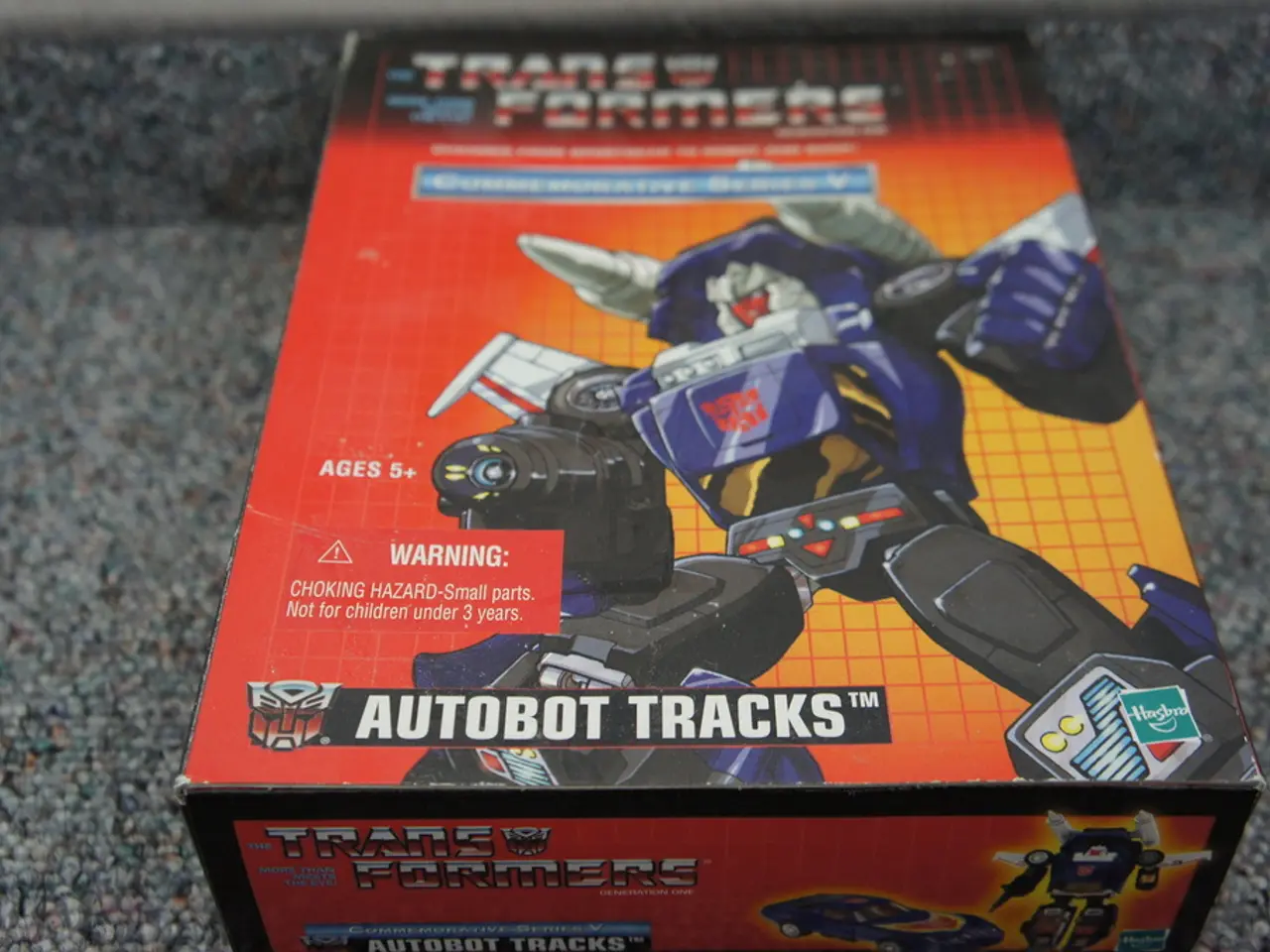The Emergence of AI Control Rooms: The Start of the Smart Safety Command Center (SSCC) Era
In a rapidly evolving world, the need for innovation in workplace safety has never been more pressing. Recently, a large-scale manufacturing plant in Central Europe saw a significant improvement in safety measures, thanks to the adoption of an AI-powered Smart Safety Command Center (SSCC).
The SSCC, a cutting-edge solution, fuses live video, sensor data, digital permits, and predictive algorithms into a central nervous system, providing real-time situational awareness and enabling proactive safety management. This technological marvel isn't just watching—it's thinking, offering a balance at worksites by freeing humans from the burden of continuous monitoring while empowering them to step in when complexity demands it.
One of the key advantages of the SSCC is its ability to instantly detect hazards and unsafe behavior. By using AI-enhanced CCTV and sensors, it can identify dangers, non-compliance such as missing personal protective equipment (PPE), unsafe actions, or near-miss incidents without human delay. In fact, at the aforementioned manufacturing plant, PPE compliance improved by an impressive 74% within just 90 days, and the facility reported a 37% reduction in safety-related downtime, saving approximately $1.2 million in lost productivity and injury costs.
The SSCC also automates alerts and escalations for critical safety events, ensuring timely intervention and preventing incidents from escalating. In a logistics company in Singapore, weekly safety meetings transformed to discuss predictive alerts and high-risk zones, creating a more proactive and engaged workforce.
Moreover, the SSCC's predictive risk analysis capabilities allow it to forecast potential hazards and prevent accidents before they occur, moving safety management from reactive to proactive. For instance, an AI-driven SSCC identified a high-risk zone for operator fatigue between 2 PM and 4 PM on an offshore oil rig.
The SSCC is designed with privacy at its core, adhering to global standards such as the General Data Protection Regulation (GDPR) and employing advanced anonymization techniques to protect worker privacy. Modern day SSCCs are also equipped with digital and mobile integration, allowing for instant incident reporting, automated inspections, and actionable insights accessible from anywhere.
The role of AI in enhancing workplace safety is gaining recognition worldwide. The International Labour Organisation highlighted the effective role of AI in reducing occupational safety and health (OSH) issues across the globe on the 2025 World Day for Safety and Health at Work. McKinsey predicts that 92% of companies will increase their investments in AI for a better workplace in the next 3 years.
However, ethical concerns surround the use of AI. Modern day SSCCs are designed to strike a critical balance between real-time situational awareness and the ethical handling of sensitive data, reinforcing trust among the workforce while maintaining compliance.
In conclusion, AI-powered SSCCs fundamentally improve workplace safety by combining automated surveillance, intelligent data analysis, and real-time operational control to prevent incidents and protect workers more effectively in high-risk industries. This impact is particularly critical where manual monitoring cannot keep pace with operational complexity or speed, rendering AI-powered Smart Safety Command Centers indispensable for modern safety management.
- The adoption of AI-powered Smart Safety Command Centers (SSCC) in the manufacturing industry is contributing to health-and-wellness at workplaces by boosting safety measures and reducing accidents.
- By using data-and-cloud-computing, modern SSCCs can anticipate potential hazards and proactively manage risks, thereby promoting workplace-wellness and enhancing safety in the finance and business sectors.
- The role of SSCCs in improving safety standards has gained international recognition, with the International Labour Organisation highlighting their effectiveness in reducing occupational safety and health issues.
- As AI technology continues to evolve, investments in AI-enhanced SSCCs are expected to increase in the coming years, marking a significant shift towards proactive workplace safety management in various industries.




